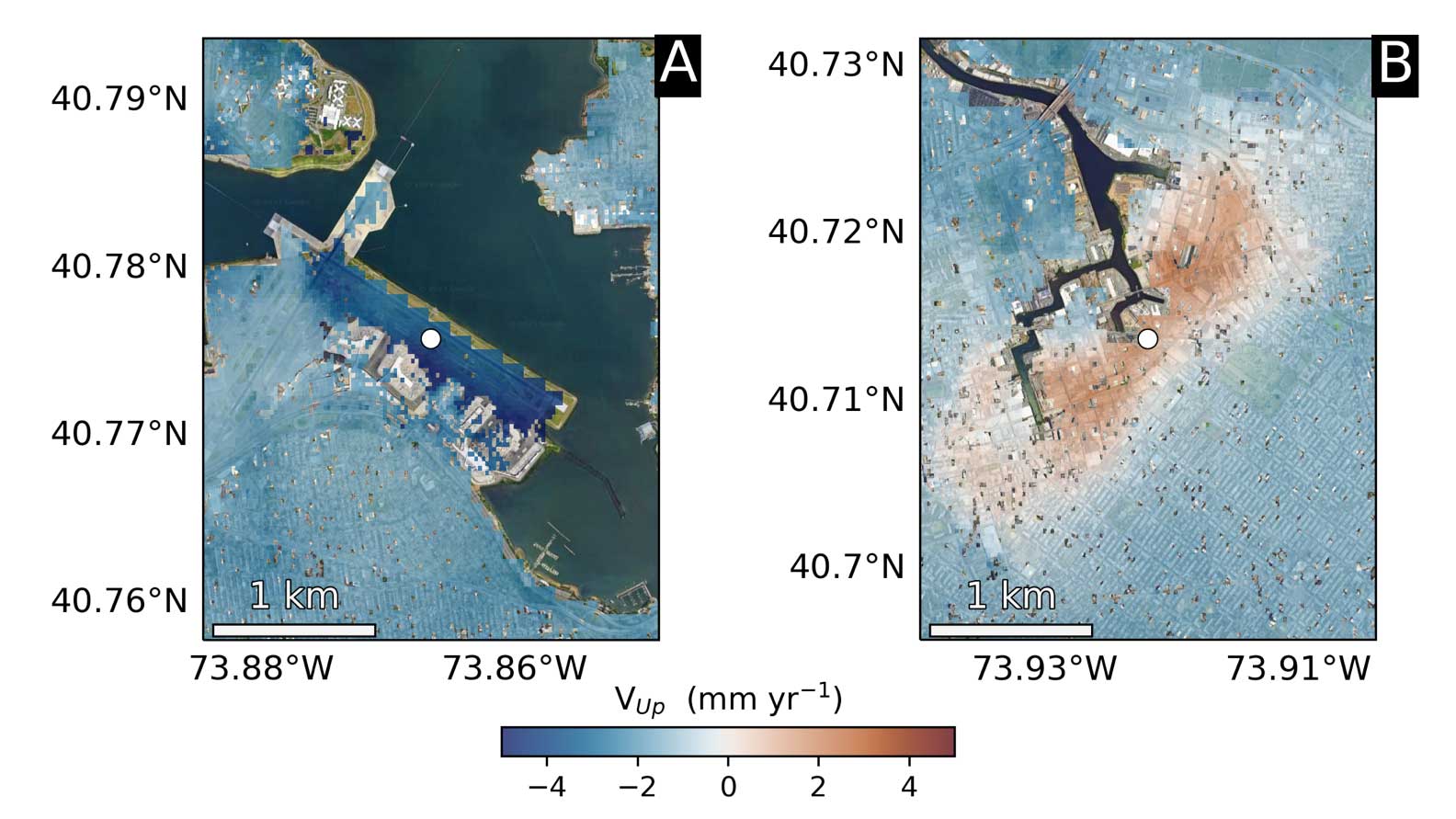3 min read
Discovery Alert: The Planet that Shouldn’t Be There

By Pat Brennan
NASA’s Exoplanet Exploration Program
The discovery: A large planet is somehow orbiting a star that should have destroyed it.
Key facts: Planet 8 Ursae Minoris b orbits a star some 530 light-years away that is in its death throes. A swollen red giant, the star would have been expected to expand beyond the planet’s orbit before receding to its present (still giant) size. In other words, the star would have engulfed and ripped apart any planets orbiting closely around it. Yet the planet remains in a stable, nearly circular orbit. The discovery of this seemingly impossible situation, relying on precise measurements using NASA’s Transiting Exoplanet Survey Satellite (TESS), shows that planet formation – and destruction – are likely far more intricate and unpredictable than many scientists might have thought.
Details: As stars like our Sun approach the ends of their lives, they begin to exhaust their nuclear fuel. They become red giants, expanding to their maximum size. If that happened in this case, the star would have grown outward from its center to 0.7 astronomical units – that is, about three-quarters the distance from Earth to the Sun. It would have swallowed and destroyed any nearby orbiting planets in the process. But planet b, a large gaseous world, sits at about 0.5 astronomical units, or AU. Because the planet could not have survived engulfment, Marc Hon, the lead author of a recent paper on the discovery, instead proposes two other possibilities: The planet is really the survivor of a merger between two stars, or it’s a new planet – formed out of the debris left behind by that merger.
The first scenario begins with two stars about the size of our Sun in close orbit around each other, the planet orbiting both. One of the stars “evolves” a bit faster than the other, going through its red giant phase, casting off its outer layers and turning into a white dwarf – the tiny but high-mass remnant of a star. The other just reaches the red giant stage before the two collide; what remains is the red giant we see today. This merger, however, stops the red giant from expanding further, sparing the orbiting planet from destruction. In the second scenario, the violent merger of the two stars ejects an abundance of dust and gas, which forms a disk around the remaining red giant. This “protoplanetary” disk provides the raw material for a new planet to coalesce. It’s a kind of late-stage second life for a planetary system – though the star still is nearing its end.
Fun facts: How can astronomers infer such a chaotic series of events from present-day observations? It all comes down to well understood stellar physics. Planet-hunting TESS also can be used to observe the jitters and quakes on distant stars, and these follow known patterns during the red-giant phase. (Tracking such oscillations in stars is known as “asteroseismology.”) The pattern of oscillations on 8 Ursae Minoris, the discovery team found, match those of red giants at a late, helium-burning stage – not one that is still expanding as it burns hydrogen. So it isn’t that the star is still growing and hasn’t yet reached the planet. The crisis has come and gone, but the planet somehow continues to exist.
The discoverers: The paper describing the TESS result, “A close-in giant planet escapes engulfment by its star,” was published in the journal Nature in June 2023 by an international science team led by astronomer Marc Hon of the University of Hawaii.
from NASA https://ift.tt/GX1qlnI













